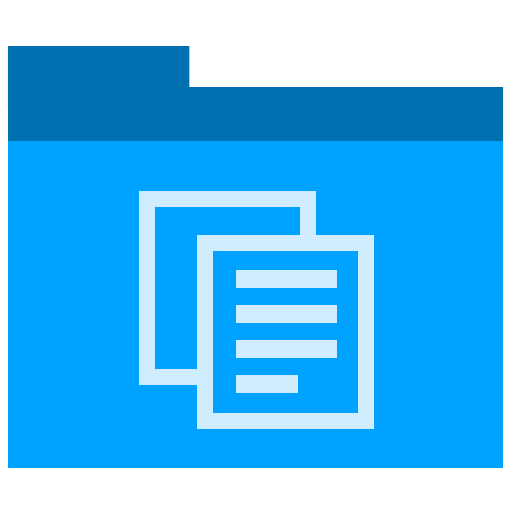Technical Writing
Usability vs Information Architecture
Though the terms Usability and Information Architecture are often understood to be the same thing, this is not true.
Usability
This tends to study a person’s ability to do (i.e. use) something, such as reading text on a webpage. Usability is not restricted to the web and is used across many industry sectors. For example, car designers perform usability tests to examine how a driver understands new design modifications.
Information Architecture
This focuses on how to design information. On the web, this involves reading text, labelling items, creating navigation systems, searching for data, using content and so forth.
Web Usability Tests
Usability engineers test websites to see how they suit the user’s needs. To do this, they may test the following:
- Ability to read text.
- Ability to use site navigation.
- Effect of colors and site palette.
- Ability to use Feedback and Help sections.
- Length of time to find an article.
- Locating key contact information.
- Navigation cues and icons/graphics to see if they assist or hinder the user*.
- Reaction to ‘innovative’ design elements, such as floating windows.
- Reaction when lost.
* Users rarely interpret icons as Graphic Designers would expect.
Focus Groups
Focus Group tests are often carried out in one-on-one sessions. Sometimes testing is performed on several test subjects at the same time. However, you need to monitor these sessions as the most active people will influence the more passive participants.
During a test, the moderator asks users to perform certain tasks, gauges their ability to carry out them, and note where/why they encountered any difficulties.
They ask open-ended questions on what was useful, intuitive, difficult, and how to improve things. Large scale focus groups consist of 10 or more individuals. The Usability Engineer may show prototypes in order to isolate specific issues in navigation, process, and usability.
Rules for Usability Testing
When performing usability testing, try to avoid Yes/No questions when interviewing your subjects. These responses will provide little depth and avoid them discussing their experience.
Use open-ended questions, such as, “Why do you like this site?” as this is more productive that the more blunt: “Do you like this site?”
Use chart and diagrams to share feedback with the Graphic Designers—many of whom will be overly enamoured with their own creations.
Objective data may encourage them to improve their design without crushing their feelings. Management also tend to favour charts which show the results and enables them to digest the key points quickly.
